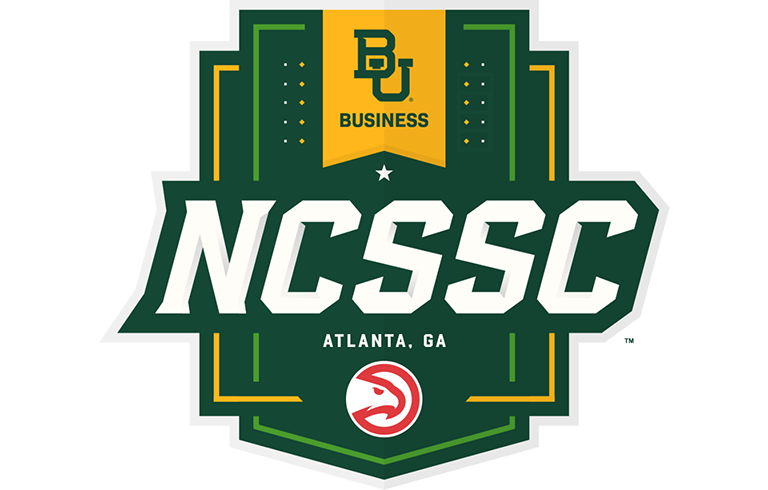HUNTSVILLE, Ala. — A team of Trine University design engineering technology majors
has won a top award presented as part of the 2020 NASA Human Exploration Rover Challenge.
In a video released by NASA’s Marshall Space Flight Center on Friday, Aug. 21, Ragini
Acharya, STEM director of American Institute of Aeronautics and Astronautics (AIAA)
in the Greater Huntsville Section, announced the Trine team as the winner of the AIAA
Best Report Award in the College and University Division.
The award recognizes the high school and college reports that best describe their
technical design process for the Rover Challenge.
“This year’s winning teams have demonstrated their knowledge of the process and requirements
in the form of this report, conveying to the reader the entire scope of their Rover
Challenge project,” Acharya said. “These teams discussed not only the procedures that
led to the final product, but also explained how they went through the assumptions
and constraints during the development of these concepts, a very important part of
the design and development process.”
The Trine team was made up of Carma Cherry of Angola, Indiana; Emily Atwell of Fishers,
Indiana; Tyler Blanton of Gaston, Indiana; Ian Price of Fortville, Indiana; Alex Munger
of Pioneer, Ohio; and Sandeeb Kurian of Elkhart, Indiana, all members of the Trine
University Class of 2020. Timothy Jenkins, Ph.D., associate professor of design engineering
technology, served as faculty advisor for the project.
“This is huge for us,” said Jenkins. “Earning a top award in a competition involving
student engineers representing universities from around the world says a lot about
the skill of Trine University graduates. It’s also exciting to play a part in projects
that may one day help humanity set foot on other planets.”
“It speaks volumes about the quality and ability of the Design Engineering Technology
program to prepare our students to succeed, lead and serve in industry when a senior
design team can win an award in an international competition such as this,” said Tom
Trusty, chair of Trine’s Department of Design Engineering Technology. “It was great
to see the team strive for success and achieve their goal. I am thankful to have a
great DET faculty team. The faculty advisor on the project, Timothy Jenkins, was instrumental
in providing the guidance needed for the team’s success.”
The Rover Challenge tasks U.S. and international student teams to design, engineer
and test a human-powered rover on a course that simulates the terrain found on rocky
bodies in the solar system. The teams also must perform mission tasks while negotiating
the course, including sample retrievals and spectrographic analysis.
An in-person competition usually takes place at the U.S. Space & Rocket Center near
NASA's Marshall Space Flight Center in Huntsville, Alabama. However, due to the global
COVID-19 pandemic, it was moved online.
High school and college teams competed in multiple design, documentation and presentation
categories, and were recognized for their successful efforts in eight categories.
"This year, we had 111 teams from 27 states, Washington, D.C., Puerto Rico, and 11
other countries," said Julie Clift, program manager for the challenge at Marshall.
"The teams pushed the limits this year, designing and building truly innovative rovers
to take on the challenging course. Although we are disappointed we had to cancel the
on-site activities, we are thrilled we are able to recognize and celebrate the teams'
hard work and creativity."
The competition is one of seven NASA Artemis Student Challenges, named for the next
effort to send humans to the moon and Mars. It is sponsored by NASA's Human Exploration
and Operations Mission Directorate and Office of STEM Engagement Next Gen STEM in
Washington; and managed by Marshall's Office of STEM Engagement.
The challenge was launched in 1994 as the NASA Great Moonbuggy Race to commemorate
the 25th anniversary of the Apollo 11 lunar landing. Just six college teams participated
that first year. Expanded in 1996 to include high school teams, the race evolved again
in 2014 into the Human Exploration Rover Challenge. Since the challenge's inception,
more than 12,000 students have participated.
Photo: Trine University’s NASA Human Exploration Rover Challenge team. Front, from left:
Carma Cherry of Angola, Indiana; Ian Price of Fortville, Indiana; Emily Atwell of
Fishers, Indiana. Back: Alex Munger of Pioneer, Ohio; Timothy Jenkins, Ph.D., faculty
advisor; Tyler Blanton of Gaston, Indiana; and Sandeeb Kurian of Elkhart, Indiana.
Last Updated: 08/24/2020



